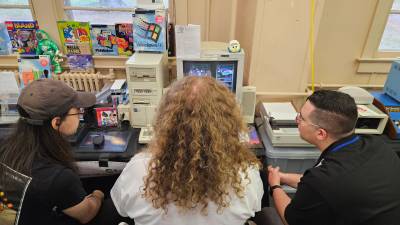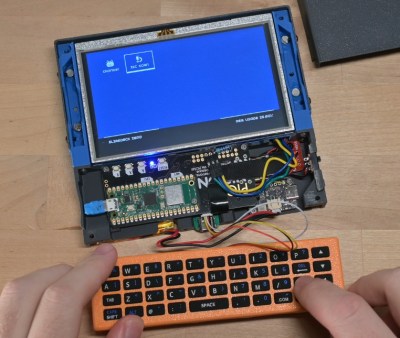It’s been 30 years since Windows 95 launched. [Ms-Dos5] and [Commodore Z] are celebrating with an epic exhibit at Vintage Computer Festival East 2025. They had no fewer than nine computers — all period-correct machines running versions of Windows 95. The pictures don’t do it justice, so if you are near Wall, NJ, on Sunday, April 5, 2025, definitely go check out this and the rest of the exhibits at VCF.
 An exhibit like this isn’t thrown together overnight. [Commodore Z] and [Ms-Dos5] worked for months to assemble the right mix of desktops, laptops, and peripherals to showcase Windows 95. Many of the computers are networked as well – which was no easy task.
An exhibit like this isn’t thrown together overnight. [Commodore Z] and [Ms-Dos5] worked for months to assemble the right mix of desktops, laptops, and peripherals to showcase Windows 95. Many of the computers are networked as well – which was no easy task.
One particular Thinkpad 760e required pliers and force to remove a stuck PCMCIA modem card. After a struggle that was ultimately destructive to the card, the pair determined it was stuck due to a sticker that had effectively glued the card into the laptop. As the sticker finally gave up, the card popped itself out of the laptop.
Continue reading “Celebrating 30 Years Of Windows 95 At VCF”



















